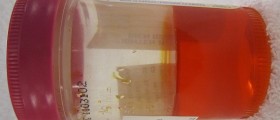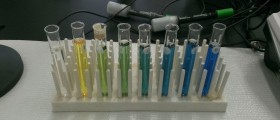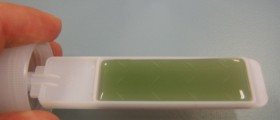
What is urine? A refresher
Urine is a liquid excretory (or waste) product mostly made up of water and water soluble waste parts. In the human body, the kidneys are the most important organ of the excretory system. The kidneys filter the blood in order to extract a variety of water soluble waste substances. Then, these substances are flushed from the body along with excess water through the urethra. This excretory system is made up of the kidneys, ureter, urinary bladder, and urethra.
Nitrogenous products like urea, uric acid, creatinine, hormones, enzymes and mineral salt are the water soluble waste substances that are found in the urine. The color of the urine that gets expelled from the body is transparent or pale yellow and is a bit acidic in nature. Urochrome is a pigment which makes the urine appear pale yellow. When the color goes from pale yellow to dark yellow it can be because of a couple of different reasons.
Dark yellow urine: What are the possible causes?
Most medical experts agree that dehydration is the most common reason why the color of the urine has changed. If a person does not drink enough water, the waste material will be less diluted when you pee, and make the pale yellow color of the urine become dark yellow instead. In addition to this, the smell of dark urine will become more foul.
The consumption of some foods and drugs can lead to a change in your urine color as well. For instance, if a person has eaten asparagus, his or her urine will often become dark yellow. On the other hand, the intake of blackberries will give the urine a red tinge. A person's urine will be reddish purple if that person has had large amounts of beets. Medications like quinine derivatives, nitrofurantoin and sulfamethoxazole can all cause the color of the urine to become dark yellow.
Some diseases and disorders of the liver, kidney, and urinary bladder can also lead to a change of urine color. In these cases, dark yellow urine will usually not be the only symptom; jaundice, which caused a person's skin and the white of their eyes to become yellow, is the primary indication of liver problems. Hematuria and hemolytic anemia are some other diseases that can cause the change in the color of urine. Urine can become orange, brown and even greenish if there is some underlying health condition. Melanoma cancer, hepatitis and copper poisoning can make the urine color become brown. Green urine is mostly associated with too much vitamin B in the system.
Dark yellow urine: What other symptoms can there be?
However, the first thing a person must do if the change of urine color occurs is to know what foods he or she have consumed and how much water he or she is drinking. Further signs of dehydration would include dry skin, reduced urine output, lack of sweating, and feeling weak. While mild dehydration can easily be remedied at home, severe dehydration can be life-threatening and needs to be treated in a hospital.

















Your thoughts on this
Loading...